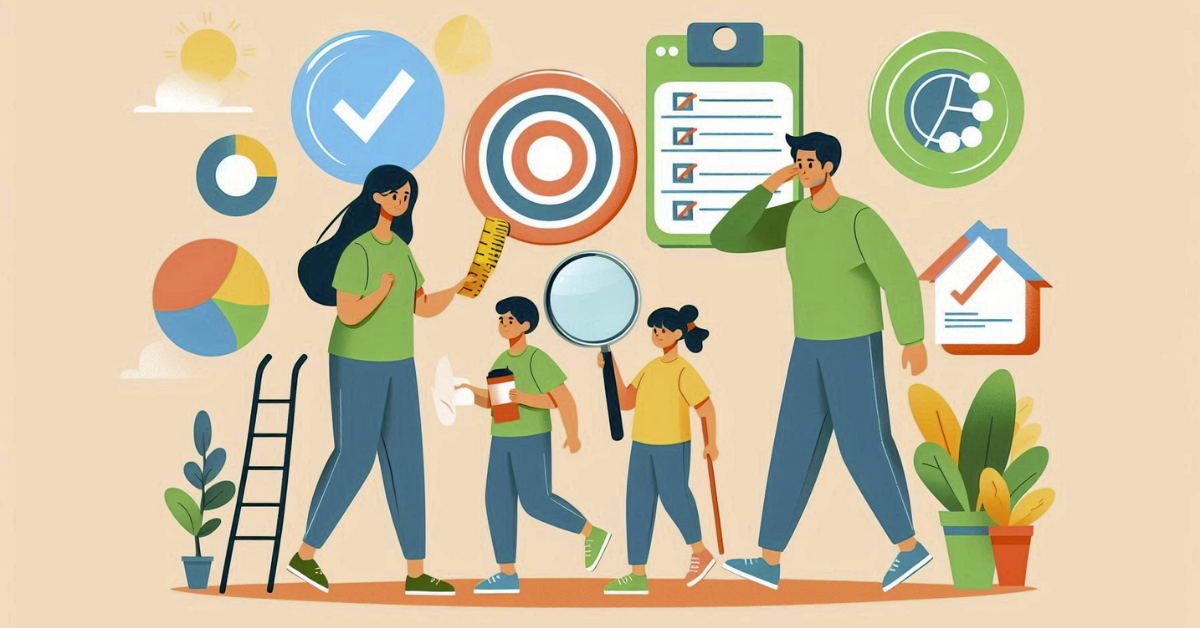
10 Tips to Help Kids Improve Intonation

*Collaborative Post
Intonation is an important aspect of any language. It refers to the rise and fall in pitch that speakers use to convey meaning in their speech and communication.
When it comes to learning a new language or improving fluency, mastering intonation is an essential part. And yet, it’s something many kids struggle with. Thankfully, there are steps that parents and teachers can take to help kids improve this skill.
In this blog post, we’ll take a look at ten tips that parents and teachers can use to help children improve their intonation.
10 Tips to Help Kids Improve Intonation
1. Listen to music
One of the most fun ways to help children develop a better understanding of pitch and intonation is by listening to music. Music features a variety of tones, rhythms, and melodies that can improve children’s ability to distinguish between pitch changes. Encourage your children to listen to different genres of music and sing along to their favorite songs.
2. Practice humming
Humming is an excellent exercise for developing intonation skills. It helps children to feel the vibrations in their bodies and understand the various pitches used in communication. Humming simple tunes can provide children with a solid foundation for understanding the concept of pitch.
3. Use pitch cards
Pitch cards are a set of cards that feature pictures that represent different pitches. This visual aid can help children match the pitch to the appropriate card and improve their ability to recognize the differences in intonation. You can make your pitch cards at home or purchase them online. By trying fluency activities, you will provide your learner with engaging opportunities to master intonation.
4. Play games that focus on hairpin dynamics
Games that focus on hairpin dynamics, such as “Simon Says,” can increase children’s ability to identify different changes in pitch. This fun game can help children develop a better understanding of the gradual changes in pitch used in language and speech.
5. Practice speaking with emphasis
Using emphasis in speech is crucial for effective communication. Encourage your children to practice speaking with emphasis on specific words, emphasizing the pitch changes in each syllable. This technique can help improve children’s intonation and ensure they are conveying the right tone in their speech.
6. Use visual aids
Visual aids can help children understand the concept of pitch and intonation. Use graphics that represent pitch and emphasize the differences in tone. For example, use a graph to show the different pitches on a musical scale.
7. Sing together
Singing is an excellent exercise for developing intonation skills. Singing different scales, notes, or songs can help children improve their pitch accuracy. Encourage your children to sing often, whether it’s during music lessons or at home with family.
8. Practice reading aloud
Reading aloud is another great exercise for developing intonation skills. Children can practice reading a storybook with emphasis on specific words and intonation. You can also ask your children to make changes in tone and pitch according to the emotion of the story. An added step is to record your child and allow them to hear themselves for further reflection.
9. Use technology
Technology can be a valuable tool for improving intonation skills. There are numerous apps and video tutorials that teach intonation exercises and techniques. You can also use online videos and audio clips to demonstrate pitch changes and practice vocal exercises.
10. Be patient
Improving intonation skills takes time and patience. It’s essential to be patient with your students and encourage them to practice regularly. Remember to praise them for making progress, no matter how small. While it may not seem significant, a little bit of praise and celebration goes a long way in encouraging and motivating your learner.
Mastering intonation can be a fun and engaging skill for students to practice in many ways. From singing along to their favorite songs to interacting with various fluency games and activities, students can learn the distinct ways intonation helps them to be stronger communicators.
*This is a collaborative post. For further information please refer to my disclosure page.




